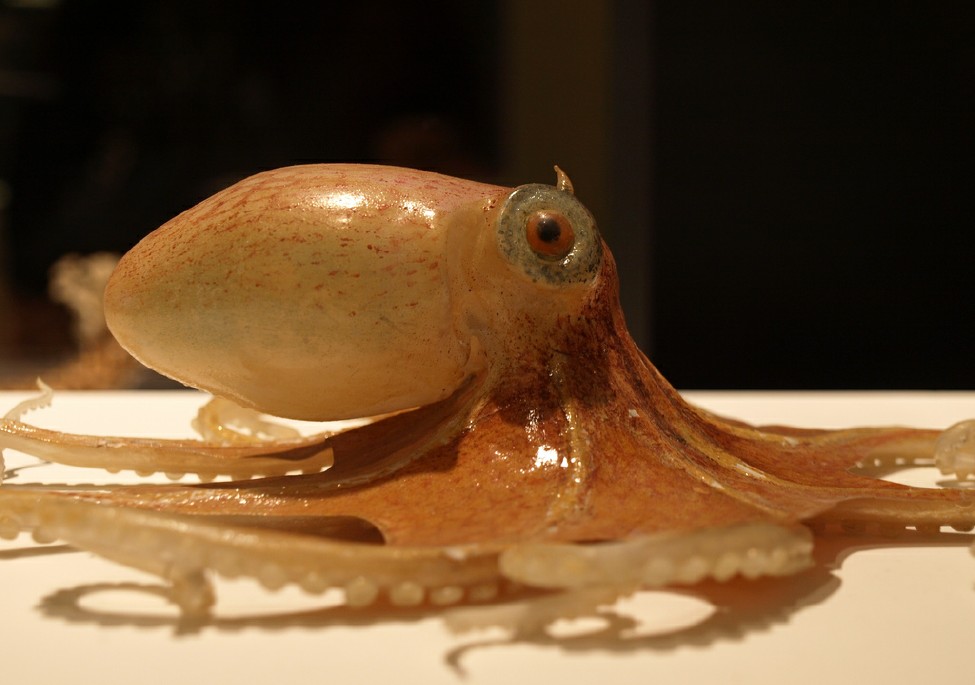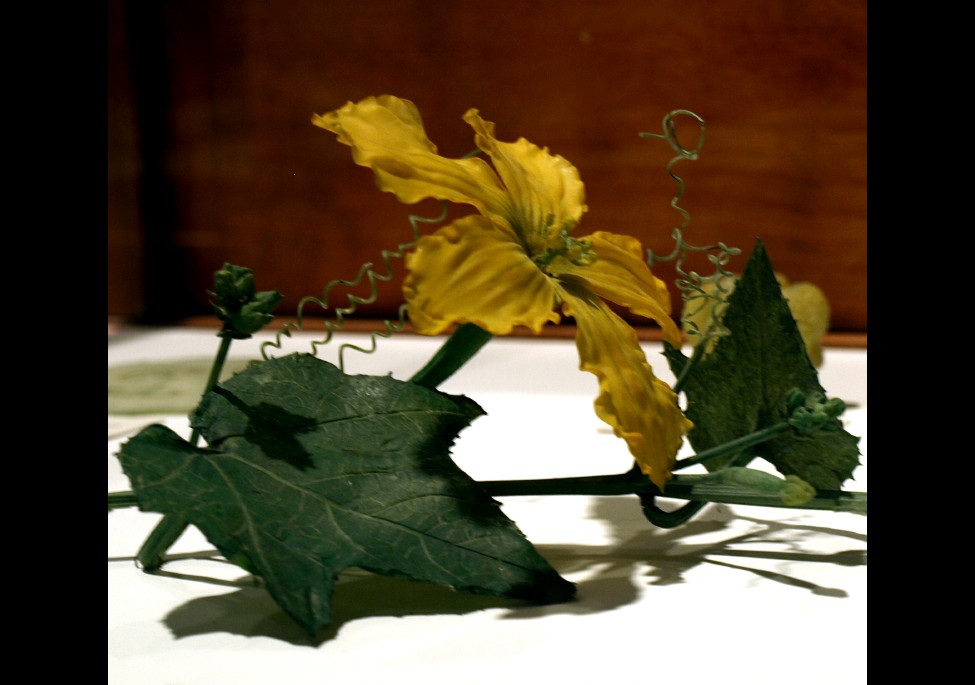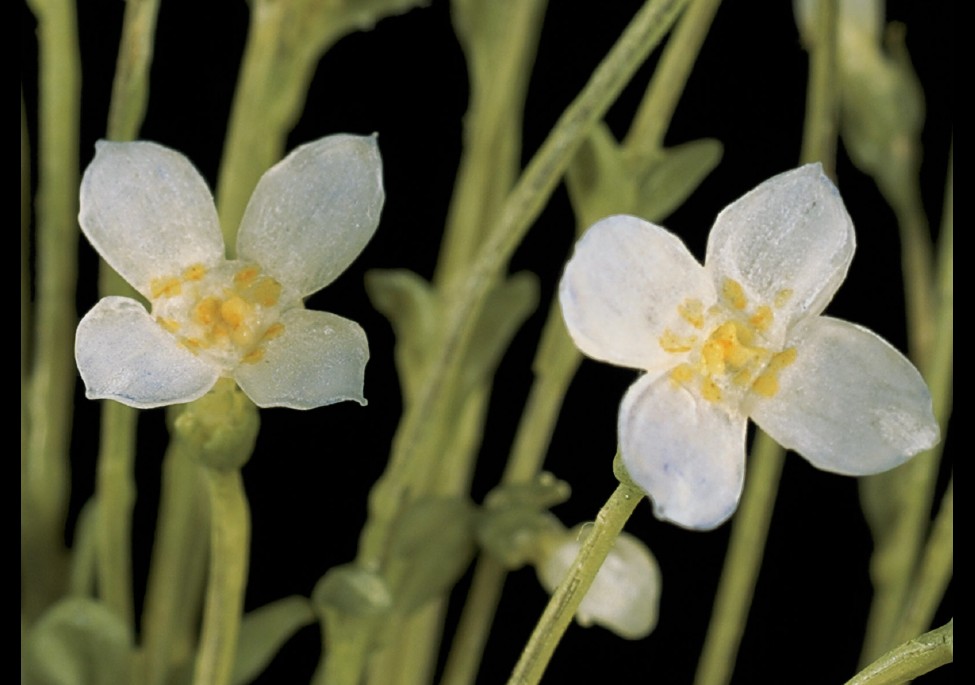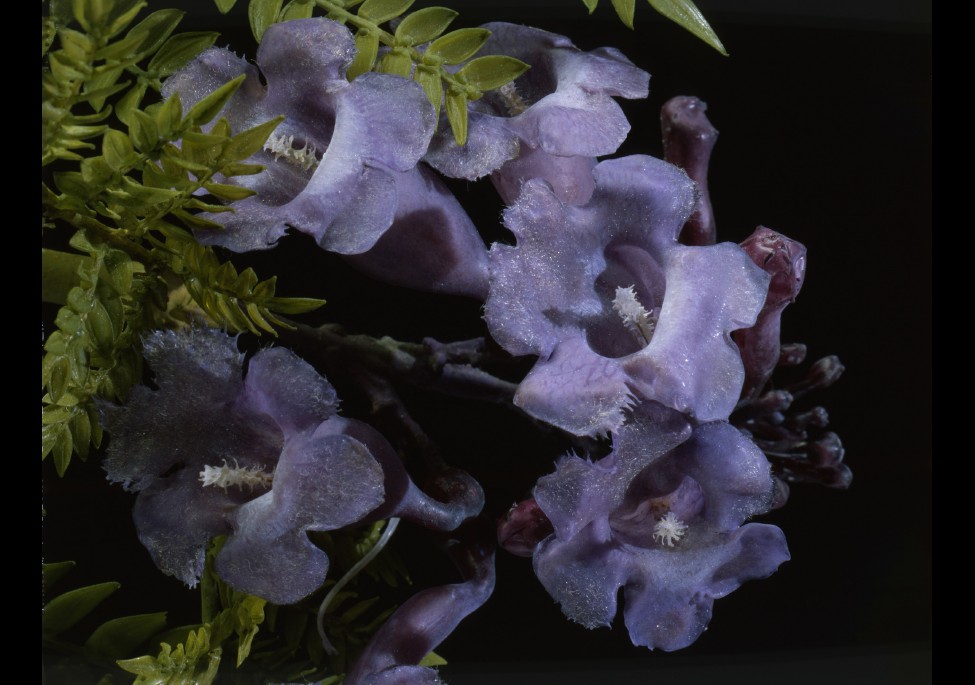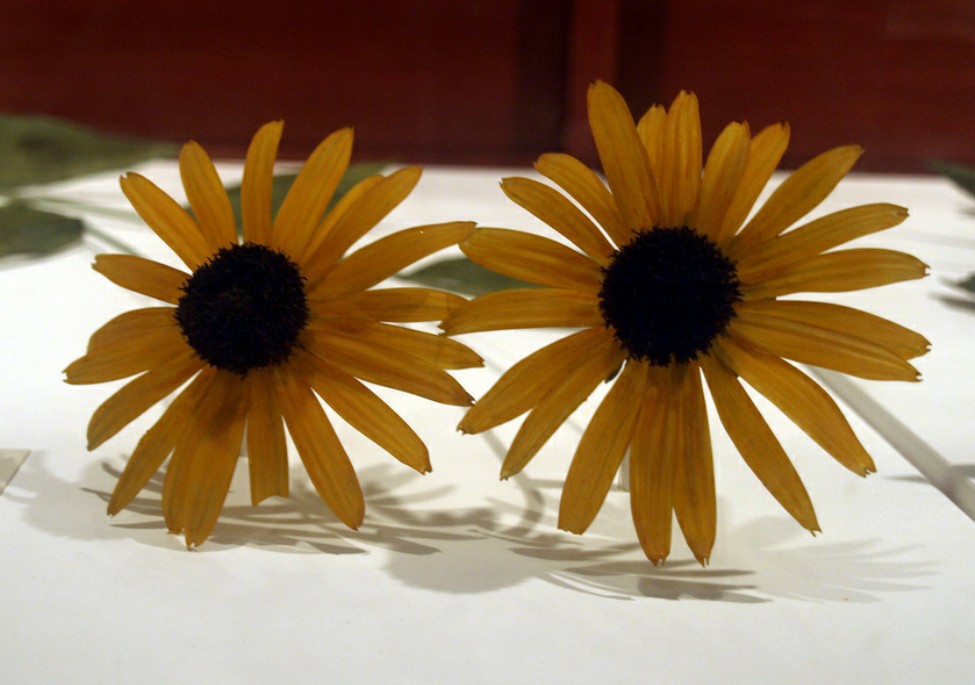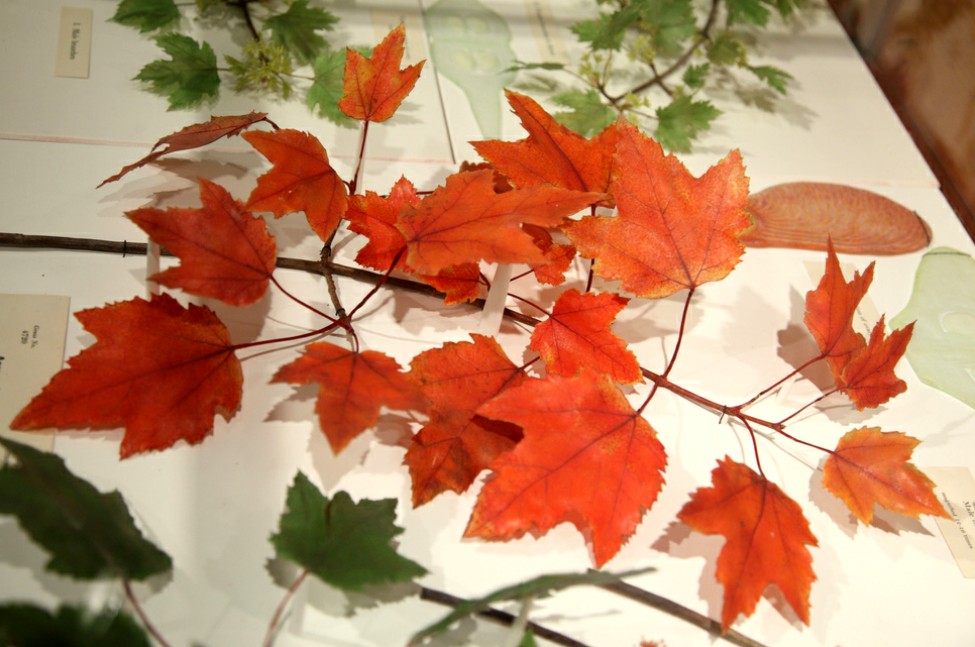
What) Every year, more than 100,000 people visit the Blaschka Glass Models of Plants, often referred to as The Glass Flowers. The nearly 3,000 models were made by just two men, Leopold Blaschka (1822-1895) and his son Rudolph (1857-1939). Heirs to a long tradition of glass-working in Bohemia, they had moved to Germany and established a studio outside of Dresden. There, the Blaschkas fashioned jellyfish, sea anemones and other marine invertebrates sought by museums worldwide. Their colorful glass replicas captured the liveliness of organisms usually reduced to shapeless blobs in jars of alcohol.
The Blaschkas' glass sea creatures drew the attention of Professor George Goodale, the first director of Harvard's Botanical Museum. He had been searching for a better way to represent the flora. "Flowers are perishable," he explained at the 1890 dedication. "When dried they are distorted, when placed in alcohol they are robbed of their color." Drawings, while "spirited and truthful," were flat. Wax flowers or papier-maché, often used in funeral wreaths, were "exaggerated and grotesque."
Goodale
believed glass models were the answer. In 1886, with
single-minded determination, he met with the Blaschkas in
their German home: "On a shelf in the reception room there
stood a vase of brilliant orchids, indicating that the artists
were very fond of flowers, and this opened the way. You may
imagine my surprise when I found that the flowers of orchids
before me were made of glass, and they had stood uninjured,
although without protection, in an open room since 1862." (1)
"I have visited the glass flower exhibit at Harvard twice and these exquisite reproductions never cease to amaze. They are as well-produced as is possible for human hands and most cannot at first be told from the real thing. In fact I had to convince myself that they were really glass! The models themselves were produced not by an unknown and unreproducible method, but by an extremely tedious and exacting methodology that few people would take the time to duplicate.” (2)
Where) 26 Oxford Street Open daily from 9am - 5pm Adults: $9.00
Why)
Although there were four different Buckys in Boston that
interested me, I picked this one to stop at because it
appealed to me on the most levels. We made it to the
building without trouble but we drove around the crowded
streets of the area for 20 minutes without finding a parking
spot. This is the first Buckys we have ever decided to
skip for this reason. I briefly considered trying the
MIT museum but I assumed it would
have the same problem so we didn't try going there
either. Now that I am back at home we both get to see
what the internet can show us on this one. 
